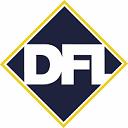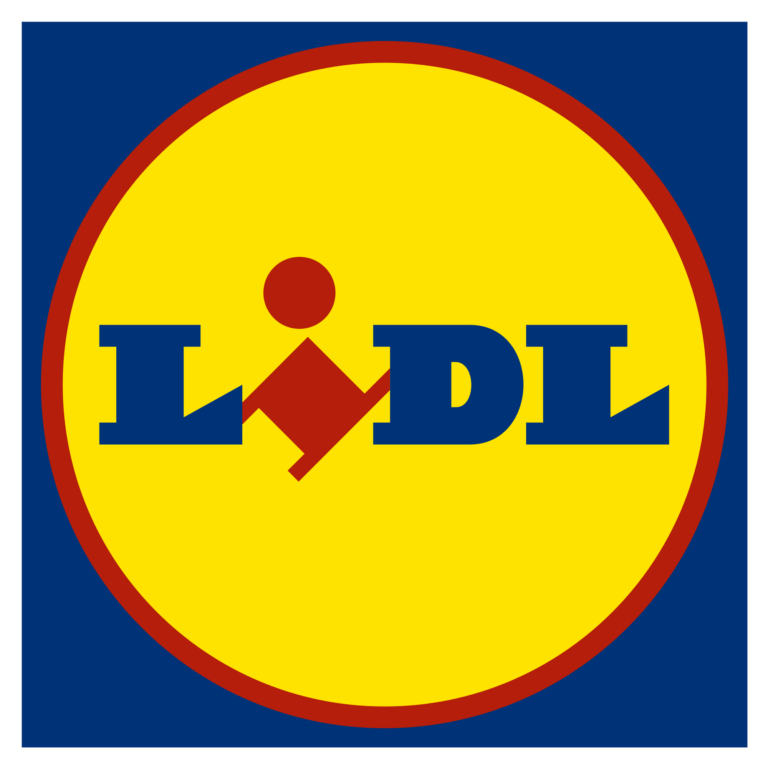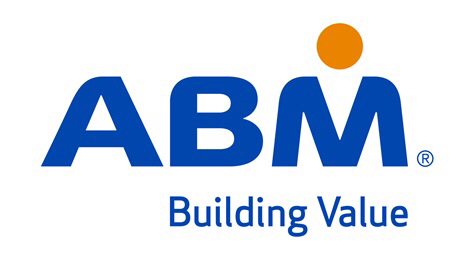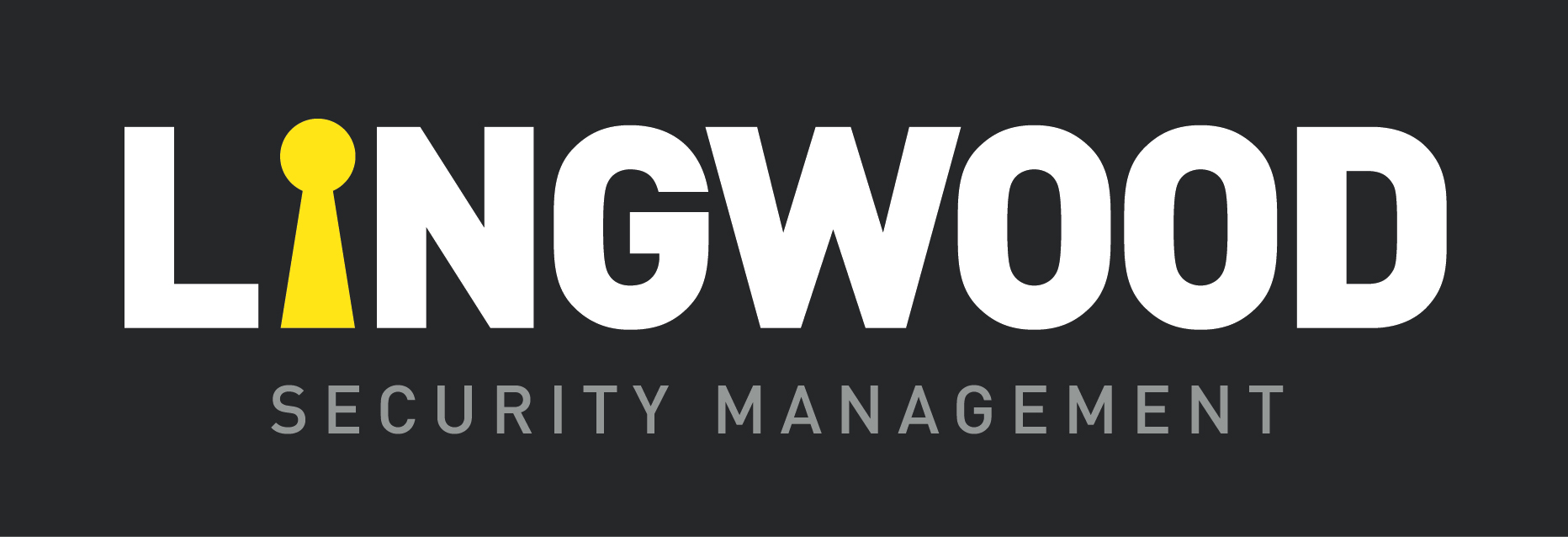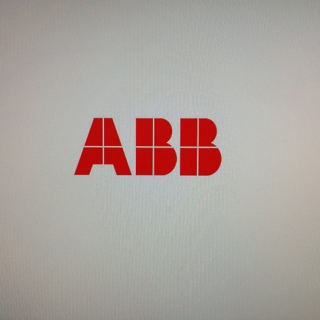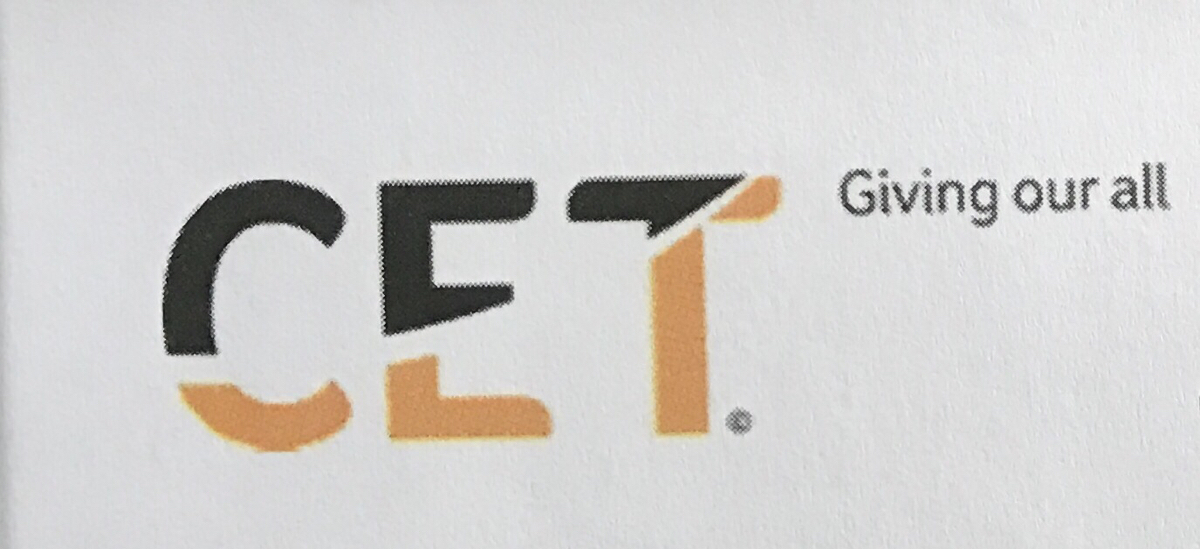Information
-
Venue / Site
-
Survey Conducted on
-
Survey Prepared by
-
Location
Risk Assessment and Method Statement
-
Ambassadors/Engineers/TM's on site
The following information constitutes an on-site risk assessment for the job.
-
Access to height will be by:
-
Ladder - With minimum control measures (fall arrest systems, ladder hierarchy...etc)
-
No working at height required
-
Other means ( give details below ) Specify minimum control measures required.
-
Additions to or variations from standard control measures. Any other relevant information- Please specify clearly.
-
Which (if any) ladders are to be used? Select all required.
NOTE: All PPE and ladder hierarchy should be used as minimum control measure. -
Single Section
-
Double Section
-
Triple Section
-
CAT Ladder
-
DAT Ladder
-
Combi Ladder
-
No Ladder
On-site identified hazards.
-
Third Parties
-
Existing Equipment
-
Garden Hazards
-
Ground Hazards
-
Any other hazards...(give details below)
-
Other Hazard information
-
Can Hazards be controlled or minimised?
-
If Hazards cannot be controlled or minimised then they must be escalated (give details below)
Method Statement A clear and detailed method for carrying out the work must be recorded here before the work commences. The method statement should have sufficient detail to understand how the work will be carried out. Add photos/draw diagrams as necessary to illustrate. Please use the 'Skitch' app to annotate your photo's (skitch dish location, cable runs..etc)
-
Please give detailed description of work here.....
Dish Location Photo's
-
Add media
-
Add drawing
External Cable Run Photo's
-
Add media
-
Add drawing
Cable Entry to Property Photo's
-
Add media
-
Add drawing
Internal Cable Run Photo's
-
Add media
-
Add drawing
Location of STB's
-
Add media
-
Add drawing
Signature
-
Add signature






